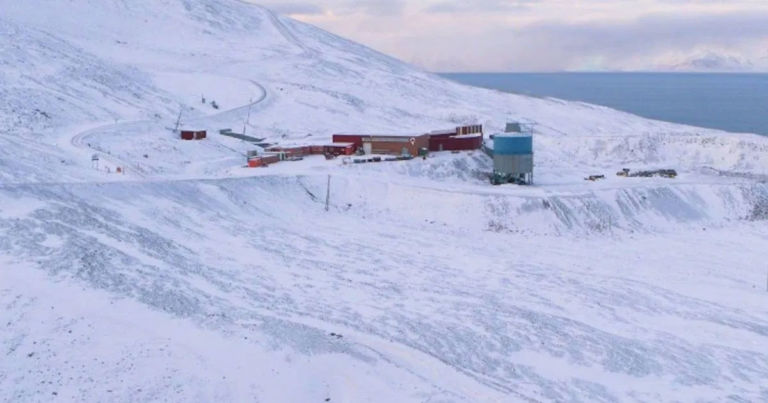Locked Up
Earlier this month, the code management platform GitHub sealed away its archive of open source software in an Arctic vault so deep that they say it could survive a nuclear blast.
The mildly-outlandish idea behind the move, Engadget reports, is to give a boost to future generations after a hypothetical civilization-ending catastrophe. Should that happen, whatever civilization emerges from the ashes won’t have to start from scratch and could instead tap the knowledge of modern-day coders and engineers.
Historical Neighborhood
It’s been almost a year since GitHub announced its plan to store the code in the Arctic World Archive, an abandoned Norwegian coal mine protected by hundreds of meters of permafrost. The cache is stored on a type of microfilm that can be read with a physical magnifying glass.
Also sealed in the same mine are Vatican records, movies, and a vast array of other digital archives. And they’re in good company: The “Doomsday” Seed Vault is located on the same island of Spitsbergen.
Achievement Unlocked
It’s difficult to imagine a societal catastrophe that’s just cataclysmic enough that the most pressing need for a new society is to recover lost software. But it doesn’t hurt to have a copy backed up just in case.
Still, as Engadget reports, the most obvious benefit for archiving the open-source software may be for the developers involved: Anyone who contributed to a project that made its way into the Arctic World Archive gets to display a little badge next to their username on GitHub.
READ MORE: GitHub is done depositing its open source codes in the Arctic [Engadget]
More on arctic vaults: The Melting Arctic Is Releasing Poison, Disease and…



